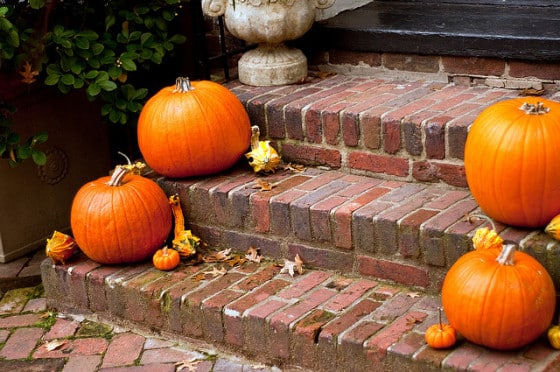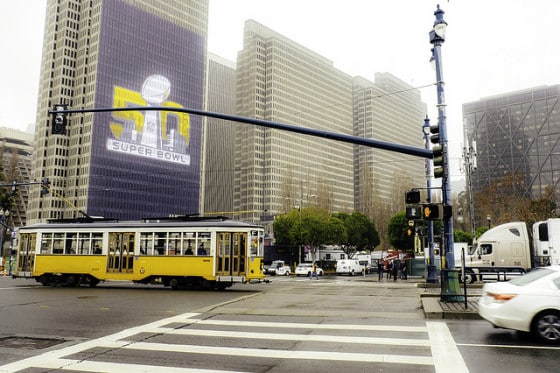
Recycling: Why It Makes a Difference

Each person in the United States generates an average of four pounds of trash a day, according to Dosomething.org. In total, close to 1.5 tons of solid waste is generated per American each year. That means we are created in excess of 200 million tons of trash on a yearly basis. So, where does it all go? How can we keep generating trash at such a rate and not expect our planet to end up looking like a scene from the movie, Wall-E? These and other questions are ones we need to answer, particularly in honor of November 15th being American Recycles Day.
Approximately 21.5 million tons of the total trash generated is composed of food waste. This is waste which, if it was composted, would lower greenhouse gas emissions to the equivalent of removing two million motor vehicles off the roads. Nearly 75 percent of the waste we generate is recyclable, yet only around 30 percent is ever recycled. Although the recycling rate in the U.S. is 34.5 percent, according to the national initiative of “Keep America Beautiful“, and while this rate has increased yearly over the past three decades, more can and must be done. Did you know recycling one soup or soda can save enough energy to run your television for three hours?

Where the Problem Lies
So, what’s the problem? In our world today, it is not uncommon to see people drop garbage on the ground rather than put it in a nearby trash receptacle, to toss away used plastic bottles, cans and other items which could be recycled, or to send to the landfill food and other items able to be composted. The question is…why? Why do we see so much garbage laying around? Why is our ocean littered with plastic and other trash? Why do people think it’s okay to drop their cigarette butts on the ground or allow their plastic bags to blow away? Why don’t more people speak up? Don’t people know how trash ends up in the ocean? Are they unaware of the positive impact recycling could have on the environment?
In reality, most people are well aware of the fact that certain items should be recycled and others thrown away. They know food shouldn’t be wasted, and food waste can be added to compost bins to help plants and gardens grow. The problem seems to lie with the fact that the impact of failing to recycle does not always hit close enough to home. Many times, people don’t see the negative impact of littering or failing to recycle, nor do they see the positive benefits which can be gained. Do you know how full your local landfill has gotten? Do you have a recycling facility nearby where you can bring your recyclables? Do you know if your state is spreading its hazardous waste problem across the nation, or is the recipient of such waste? You might not, but you probably want to find out.

Real Recycling Benefits
Recycling can have real benefits. When people opt to recycle, rather than trash recyclable items, less trash makes it way to our landfill and more products can find a new use. Let’s look at some of the real recycling benefits, as laid out by Brigham Young University:
- 75,000 trees could be saved by recycling one run of the Sunday edition of the New York Times
- 25,000,000 trees could be saved each year if Americans recycled one-tenth of their newspapers
- 90,000 cubic yards of landfill space was saved by U.S. paper recovery in one year (1993)
- 60 days after it is collected, an aluminum can be given new life and return to grocer’s shelves
- Aluminum cans can continue to be recycled time and time again, without limit
- Up to 300,000 tons of landfill waste could be spared by recycling plastic shopping bags
- More than $7.0 billion dollars could be generated by the recyclable materials put into the waste stream in the U.S.
What You Can Do About Recycling
Recycling is an action that, while it can be encouraged, it is something each of us must do on our own. The following are actions you can take to help reduce your own waste generation, improve your recycling habits and in turn, help the environment.
- Find out what materials are collected by your local waste management company for recycling.
- Find out if your waste management company has bins for trash, recycling and compost and if so, attain these bins so you can more easily sort your trash.
- Commit to reducing your own personal waste, whether it be wasting less food, recycling more or opting for reusable products. Each action makes a difference.
- Encourage your family, friends, neighbors and others to commit to recycling.
- Go on social media and post pictures of you picking up trash, particularly recyclable items and making the choice to recycle, not trash. Add the hashtag, #Iwillrecycle.
- If you see trash, pick it up and throw it away.
- If you see items which can be recycled, toss these in a recycling bin.
- Teach your children about the value and benefits of recycling, as well as picking up trash and keeping our planet clean.
If more people worked on reducing their consumption, reusing those products which can be reused, repairing broken items, recycling all they can, and only then disposing of what is left, we’d have a lot less trash in our landfills to worry about. Not sure what can be recycled? Check out CalRecycle‘s list of some common household items that can be recycled and how to go about doing so. Then, strive to waste less and recycle more…it really does make a difference.
Recycle sign image by Enokson, recycling bin with plastic bottles image by Mr. TinDC, forest of trees image by Nicholas A. Tonelli, and home recycling bins image by Dru Bloomfield, all under the Flickr Creative Commons license.
Follow us on Twitter,Facebook, Google+, Instagram and Pinterest. We look forward to seeing you there!




Tim Yaotome
I became surprised when you said 75,000 trees can be saved after recycling one run of the Sunday edition of the New York Times. If recycling that much newspaper can save that much trees, what about for cardboard? My sister owns a small convenience store and she always gets her inventory in cardboard boxes. Reading your article made me think of finding a recycling service to save more trees and reduce her store’s carbon footprint. Thanks for the great read!